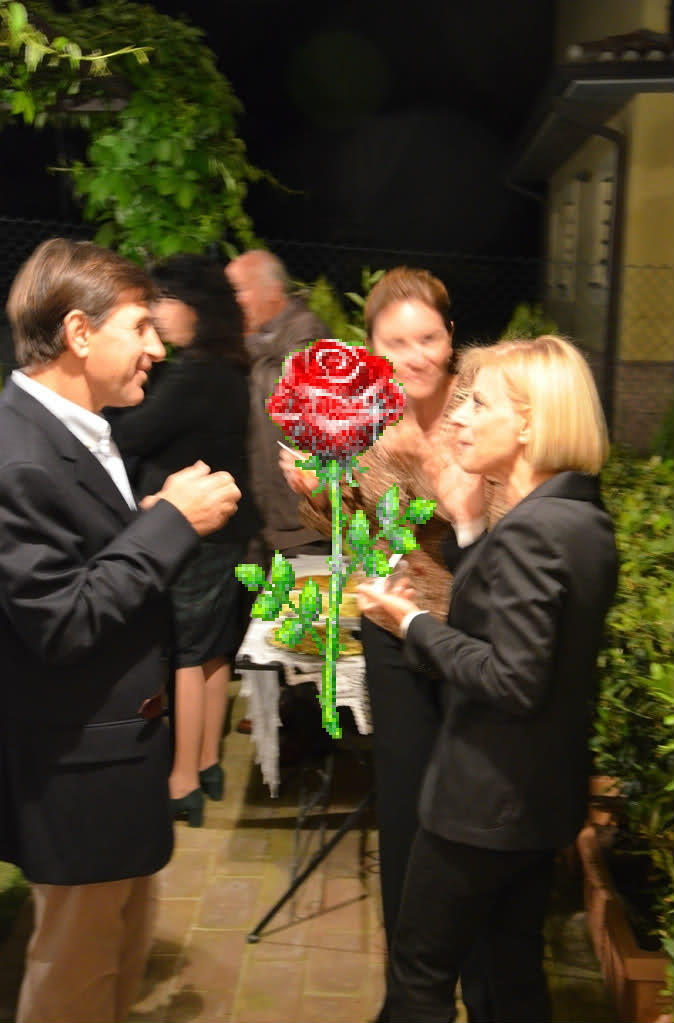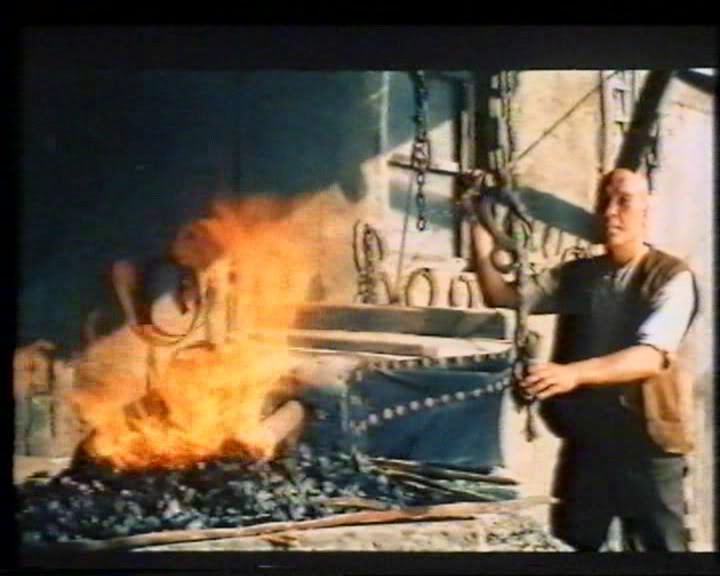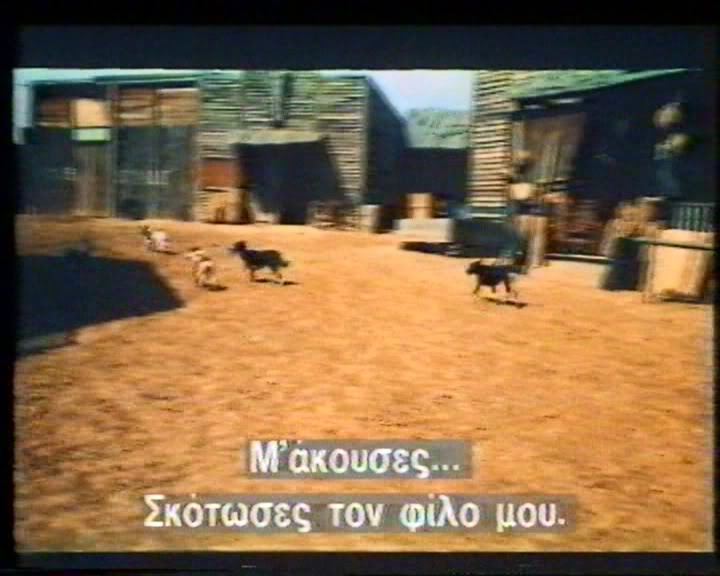Database page: Cuerda al amanecer, Una - The Spaghetti Western Database
This relatively late Spanish-Italian co-production offers plenty of novelty value - Pierre Brice as a bad guy, Fernando Sancho as a good guy - but also, unfortunately, much unintentional hilarity.
How about Sancho turning avenger halfway through after the villains murder his beloved donkey, which he was fond of sharing bottles of whisky with? “He was like a brother to me!” wails Sancho, relishing the indignity.
Then there’s the listless leading man, Steven Tedd [Giuseppe Cardillo], whose Elvis 'burns and tassled black outfit, the next size up from the one worn by Yul Brynner in Adios, Sabata, contrast with his lumber-like acting.
The script is as banal as they come, but director Esteba (who wrote it) tries to jazz things up, when he’s not allowing inconsequential scenes to drag on, with some utterly misplaced ‘stylisation’ - flash cuts, extreme camera angles, visual distortion, ‘meaningful’ close-ups. And why on earth, in some scenes, does he keep the camera positioned on the torso of the lead gunman (Antonio Molino Rojo), as if to withhold his identity from the viewer, when we’ve already seen his face in other scenes? Puzzling. I wouldn’t be surprised if some of this footage was spliced in from a different film.
On the other hand, Esteba occasionally succeeds in enlivening his material, as when a scene of Sancho being beaten is rendered in silhouette, lit by flickering torches.
Perhaps, as the third volume of Glittering Images’ Westerns all’Italiana suggests, the original Spanish version (which runs a scant 79 minutes, still eight minutes longer than the English-dubbed version I watched on a Greek VHS) is a more interesting proposition, though I can’t imagine it amounts to much even then.
Oh, and the final confrontation between Tedd and Brice has to be one of the most anticlimactic ‘showdowns’ in any Western.
By the way, the English credits have the title as You Are a Carrion and Y [sic] Will Kill You. Y indeed.



